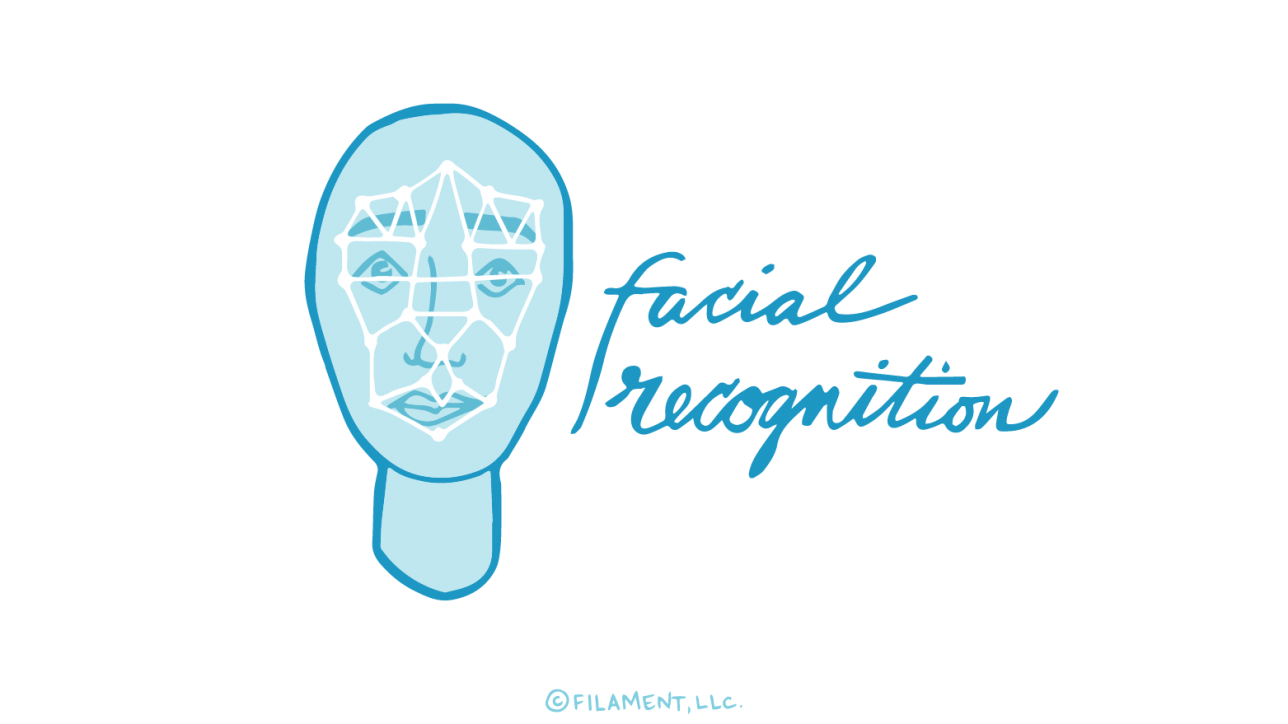Facial recognition is one of the latest technologies on the verge of advancing digital marketing capabilities. Brands have experimented with facial-recognition software for shopping online, reuniting pets with their owners and helping people with blindness “see” smiles with a mobile app that detects when people are smiling.
Most of us are familiar with face-detection software that can recognize a face. We’ve experienced it with the software in our smartphone cameras that can auto-focus on faces. Facial-recognition software, on the other hand, can identify an unknown person. At present, Facebook uses this technology to identify people in photos with remarkable accuracy.
When it comes to email marketing, the number one value of facial recognition is convenience for customers. When entering a store that’s using facial-recognition software, subscribers could automatically receive an email that alerts them to recommended products or special deals, with the ability to redeem promotions digitally.
Facial-recognition email marketing also has the potential to drive customers back into brick-and-mortar stores. If they know entering a store will trigger an email with a great deal, there’s incentive to make in-store purchases.
Facial-recognition software offers the opportunity for better personalization, too. For example, imagine walking into a store and getting an email with product recommendations related to recent purchases you made at the store’s site online. Facial-recognition technology can connect your customer’s digital behavior with in-store behavior to give you a more accurate picture of what they want.
However, facial-recognition email marketing is not without its hurdles. In a 2015 consumer survey by First Insight, a maker of predictive analytics that helps businesses understand how new products will perform across retailers, retail classes, and buyer segments, 75% of consumers said they wouldn’t shop at a store using facial recognition for marketing purposes. That said, 55% reported that they’d be open to the technology if they knew what was in it for them, such as an exclusive discount.
Whatever the challenges, the data suggest that consumers could embrace facial recognition in email marketing as long as they understand how it’ll be used and what the benefits to them will be. Certainly, facial-recognition email marketing could be a boon to both parties—if businesses focus on thinking creatively about using this technology to serve customers, provide education about its benefits, and offer clear guidelines and transparency as regards the policies that govern its use.
Need help thinking creatively about the next steps for your email marketing? Contact Filament today to get help creating and implementing effective email marketing strategies.


